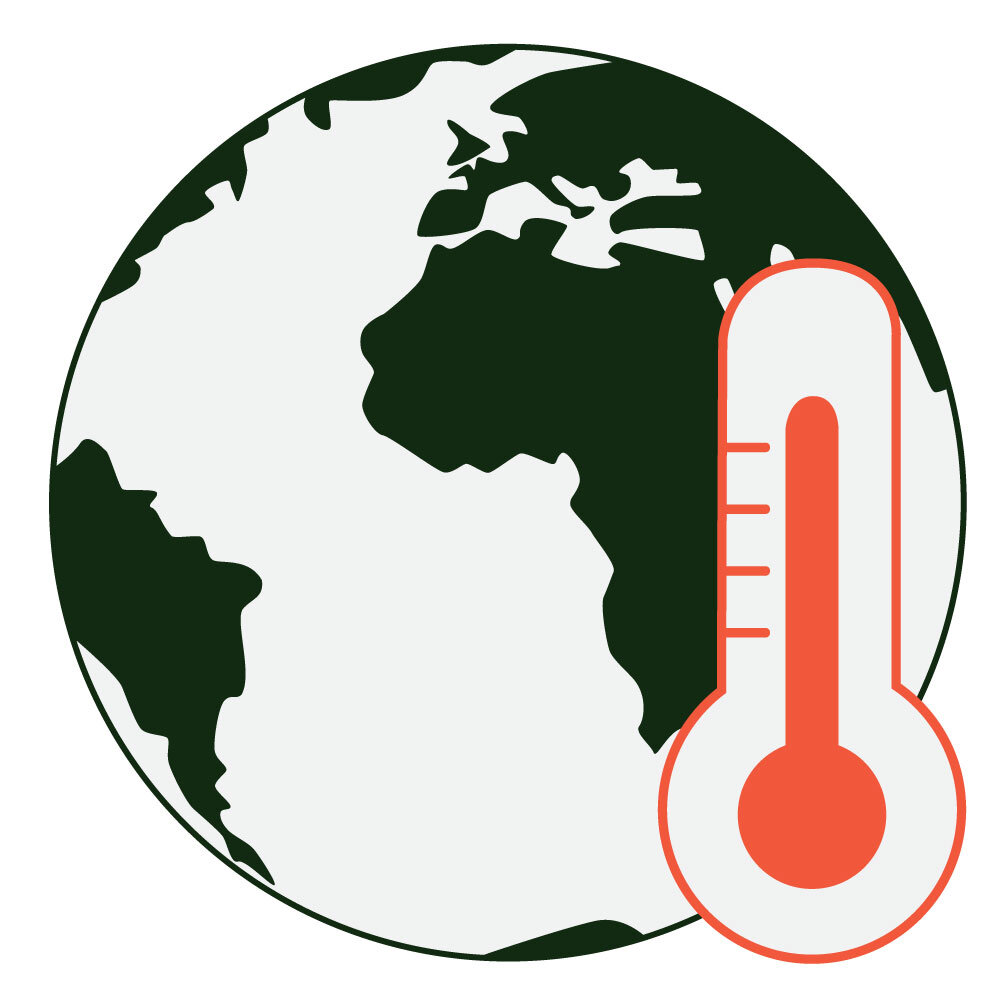Urban heat
island effect
Fighting Climate Change with Nature.
Nature-Based solutions can effectively mitigate extreme temperatures caused by urban heat islands
As a warming climate leads to more days of hot weather, the increasing threats to people from heat-related mortalities and illnesses are alarming. Within cities, the urban heat island effect exacerbates those risks as developed city areas have restricted wind flow from tall buildings, low levels of vegetation which otherwise would help cool temperatures, and lots of pavement that absorbs solar radiation and raises temperatures higher than surrounding areas.
There are ways to combat this effect with low cost nature-based solutions. Green infrastructure — particularly urban trees and green roofs — can significantly reduce urban heat islands, while also providing numerous other benefits to the community and its residents. Earth Economics is in the process of developing a methodology to create a model to quantify the health risks and energy costs of urban heat islands and identify solutions. This research is ongoing, and motivated by the goal of mitigating costs and harm from the urban heat island effect.
Fighting Climate Change with Nature
The danger of extreme heat
Extreme heat – exacerbated by the urban heat island effect and climate change - is the deadliest weather- or climate-related hazard in the U.S. Urban heat islands occur in areas with a high percentage of impervious surface area and little green space where temperatures can significantly exceed the regional average. These heat islands are found in dense urban areas with a limited greenspace and large amounts of asphalt, concrete, and other impervious surfaces.
Global temperatures have risen approximately 1°C over the past century.
Yet, urban areas have risen an additional 1-3°C due to the urban heat island effect.
nature-based solution
Urban heat islands are a critical public health issue – with a nature-based solution. Urban trees and greenspace can effectively mitigate urban heat islands, while providing numerous benefits such as air quality improvement and stormwater capture.
Urban vegetation offers shade and evapotranspiration, which can lower peak summer temperatures 2-9°F.
Urban trees provide heat reduction, which supports public health by reducing heat stress and contributing to reduced household energy costs.






